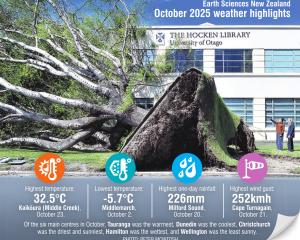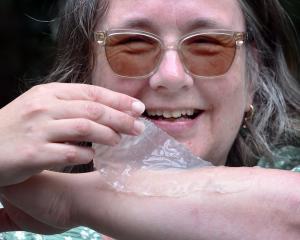An algal bloom affecting Lake Waihola appears to have disappeared but the Otago Regional Council is warning it could come back.
The toxic blue-green algae, which occurs naturally in a variety of water-quality conditions, was discovered at toxic levels in the lake and at lower levels at Tomahawk Lagoon in October.
The algae turned the lake very green and had the potential to produce a series of toxins which could then be passed to the water. If humans or animals came into contact with it, the algae could cause illness or skin reactions.
Residents and visitors were warned to take care in and around the lake. However, yesterday the council announced samples of algae taken from the lake this week had shown no signs of the toxic bacteria found in other samples.
Warning signs put up in November, when dangerous levels of the algal bloom, known scientifically as cyanobacteria, were found in Lake Waihola and Tomahawk Lagoon, were taken down recently. Council engineering, hazards, and science director Dr Gavin Palmer said the results of recent tests meant the risk of people and animals becoming ill was negligible.
Algal blooms were not predictable and could return at any time so the council would continue to take samples from the lake through to the new year and would provide the community with weekly updates on the results.
People should contact the council's pollution phone line if they saw large amounts of green algae on the lake, Dr Palmer said.












